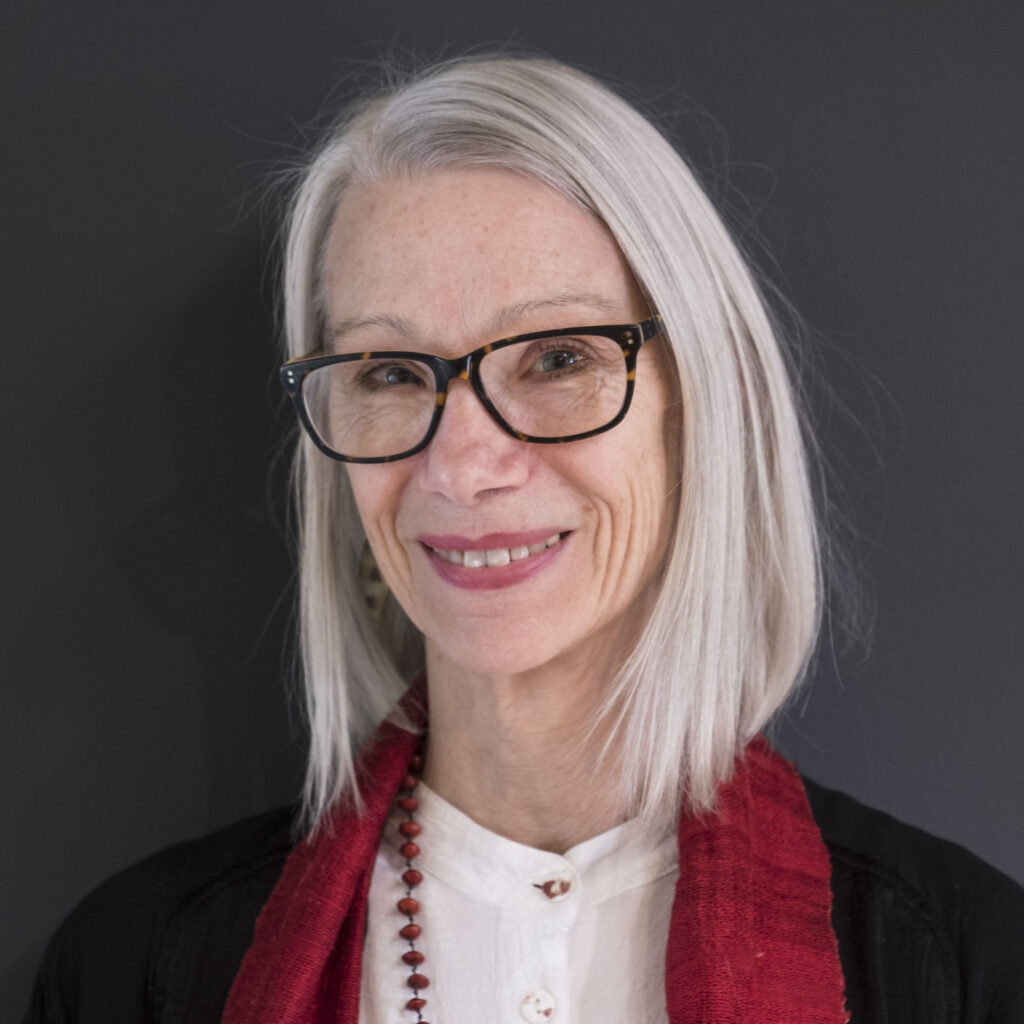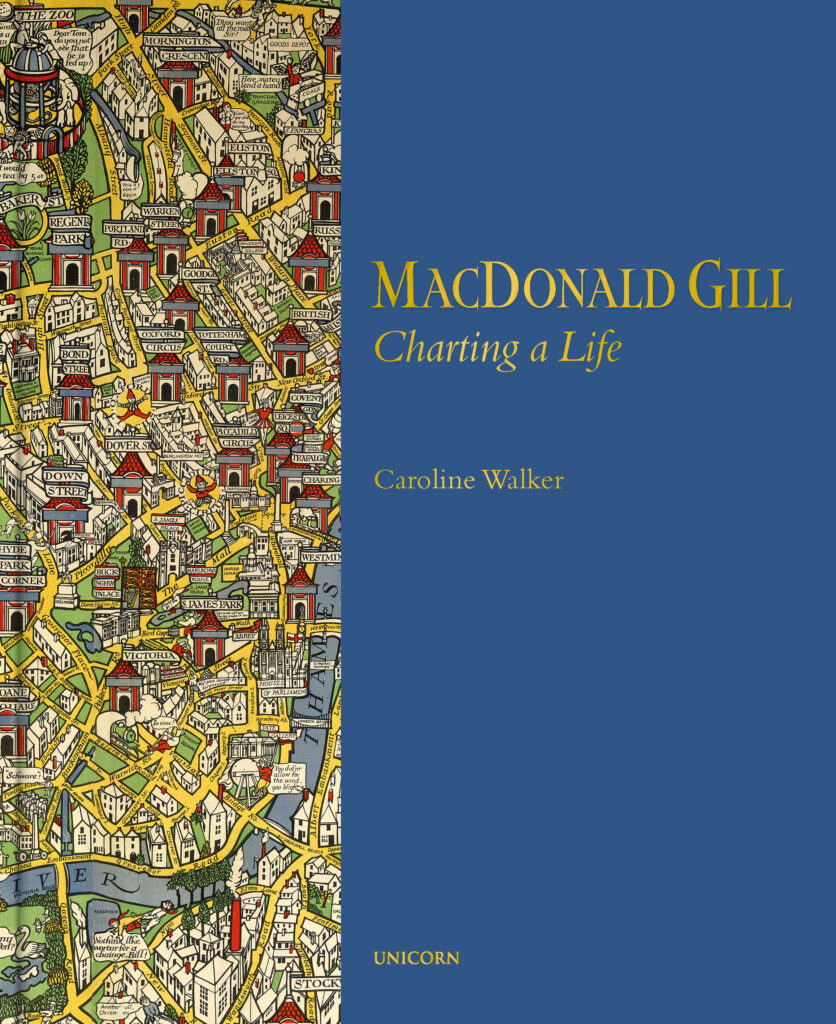 I came to writing through teaching. After graduating in Geology, I couldn’t find a job (in the 1970s it was virtually impossible for a woman to be employed in what was still considered a man’s world), so I changed direction and trained to teach English as a Foreign Language. It was a decision I’ve never regretted. I’ve taught teenagers, overseas graduates and business professionals both in the UK and abroad and a big part of my job was improving their writing skills for letters, reports and dissertations. It was good preparation for the writing I began at the end of 2006.
I came to writing through teaching. After graduating in Geology, I couldn’t find a job (in the 1970s it was virtually impossible for a woman to be employed in what was still considered a man’s world), so I changed direction and trained to teach English as a Foreign Language. It was a decision I’ve never regretted. I’ve taught teenagers, overseas graduates and business professionals both in the UK and abroad and a big part of my job was improving their writing skills for letters, reports and dissertations. It was good preparation for the writing I began at the end of 2006.
What you have written, past and present?
I’d become fascinated by my great-uncle MacDonald ‘Max’ Gill (1884-1947), artist brother of the controversial sculptor Eric Gill. Max was best known for the beautiful maps he painted for places like Lindisfarne Castle and the humorous posters he designed for the London Underground. I was astonished to find that his story had never been told so I decided to write it myself. Over the years I’ve curated several exhibitions of his work and written text for these as well as articles for magazines such as Country Life. This year – fourteen years after I started – my biography MacDonald Gill: Charting a Life has finally been published, receiving a five-star rating in its first national review.
What are you promoting now?
Recently I’ve been busy writing articles for various publications to promote the biography. I don’t have any plans for another book at the moment – this one has taken so long, I think I deserve a break!
A bit about the process of writing
The key to writing a good biography is meticulous research. This has been one of the greatest pleasures too – days spent delving in libraries and archives, the excitement of finding pieces of key information and long-lost artworks, and the joy of meeting hundreds of people eager to share their own connections to Max. A pivotal moment was the discovery of a major private collection of Max’s work and memorabilia. Thankfully, I was permitted to photograph all the letters, diaries and work documents, so I could pore over these at home. I made copious notes, highlighting important events and quotes that I might want to use later. I also kept separate lists of names, artworks and key dates. Setting aside good chunks of quiet time for writing was essential, as was having a table and space of my own.
Do you plan or just write?
I don’t write a plan although I do think it’s vital to have a basic structure in mind. With a biography, it’s quite easy as it’s a chronological narrative. Writing articles is different – I always think hard about the audience so that the angle, text and images are relevant.
What about word count?
As my publisher’s submission deadline for the biography came ever closer, it was clear the manuscript was far too long so I had to make some major cuts and revisions. It still ended up at just over 300,000 words!
What do you find hard about writing?
I was unsure how to begin until a writer friend suggested: ‘Why don’t you start by setting down why you want to write this book?’ So that’s what I did. The words then flowed easily and I often found it hard to stop. I do sometimes agonise over sentences and even single words – I may change a passage umpteen times but end up with the original.
What do you love about writing?
It’s an absorbing, creative process that – for me – has been the way to achieve recognition for a neglected artist and relative. And I now realise that I can actually write quite well!
Advice for other writers
Don’t be afraid of the blank page – just get something down – you can always change it. Use your own ‘voice’ – don’t be tempted to copy others. Remember to save when you’re writing (I once lost several pages when my laptop crashed). Avoid cliché and don’t be afraid of using tools such as a thesaurus if you can’t find the right word. And finally, have faith in yourself and enjoy the experience!

